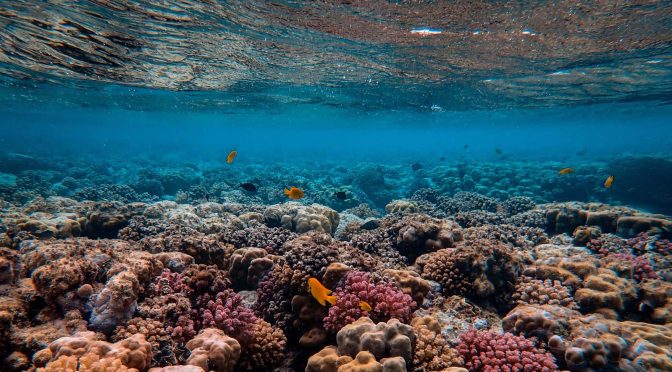At a joint conference on nature positive offshore energy infrastructure hosted by Renewables Grid Initiative (RGI) and WindEurope, the Offshore Coalition for Energy and Nature (OCEaN) confirmed that it is possible to speed up offshore wind and related electricity grid deployment while protecting and restoring nature.
Offshore wind and related electricity grid infrastructure are imperative to reach Europe’s climate targets and strengthen its energy independency. Simultaneously, marine ecosystems – which are already vulnerable – must be protected from further stress caused by climate change and the pressures of traditional and new economic activities. Thorough planning is vital to allocate space to those activities which are most needed and least detrimental to the environment, in line with climate, conservation and restoration objectives.
The REPowerEU Plan calls on Member States to identify dedicated areas in which renewable energy sources can be built with low environmental risks. In those areas permitting procedures could be fast-tracked. For marine areas, Maritime Spatial Planning (MSP) is already the essential tool for an integrated spatial allocation of human activities in line with EU economic, environmental, and social objectives. It enables inclusion and assessment of a complex variety of aspects, such as interactions between traditional and emerging sectors (i.e. offshore renewable energy (ORE)) and environmental protection and restoration needs. Therefore, the members of the Offshore Coalition for Energy and Nature (OCEaN) strongly support an improved, robust and timely MSP process. This will speed up ORE, support the decision-making process for spatial allocation, and also reduce investment risks and project delays.
In this context, the OCEaN members recommend 10 principles to be considered by all EU Member States. The recommendations can be downloaded here.
Antonella Battaglini, CEO of RGI, underlines the importance of collaboration, scale and speed in deployment of necessary marine energy infrastructure in parallel with active restoration measures, saying: “Both, infrastructure and restoration need to be planned for entire sea basins, this will lead to optimisation of resources and space utilisation as well as stronger and more effective environmental protection. The collaborative work within OCEaN will be essential for this.”
Giles Dickson, CEO of WindEurope: “Europe wants 165 GW of offshore wind by 2030. Today it has only 30 GW. The European offshore wind industry is committed to deliver this expansion while protecting biodiversity and the marine environment. That’s what the OCEaN Coalition is all about – ensuring that our seas will be healthy, clean and productive.”
Messages of support also come from the NGO and TSO communities:
Martin Harper, Regional Director, BirdLife Europe & Central Asia: “We need a joined up response to tackle the nature and climate emergency. This means we have to find ways to deliver the much needed renewable energy revolution in harmony with nature, for example so that offshore wind farms can coexist with our threatened marine wildlife. There is no point tackling one environmental challenge at the cost of another. That’s why we call on all governments to embrace this challenge and adopt the principles outlined by the OCEaN Coalition.”
Manon van Beek, CEO of TenneT: “Acceleration of offshore wind is needed, while on the other hand we need to protect offshore flora and fauna. We are convinced that these go hand in hand. In the last few years, our pilots have proven that nature inclusive design successfully contributes to boost underwater biodiversity. Nature inclusive design is more and more our standard in offshore development. Therefore we strongly support an improved, robust and timely MSP process to speed up Offshore Renewable Energy while protecting and improving underwater nature.”


